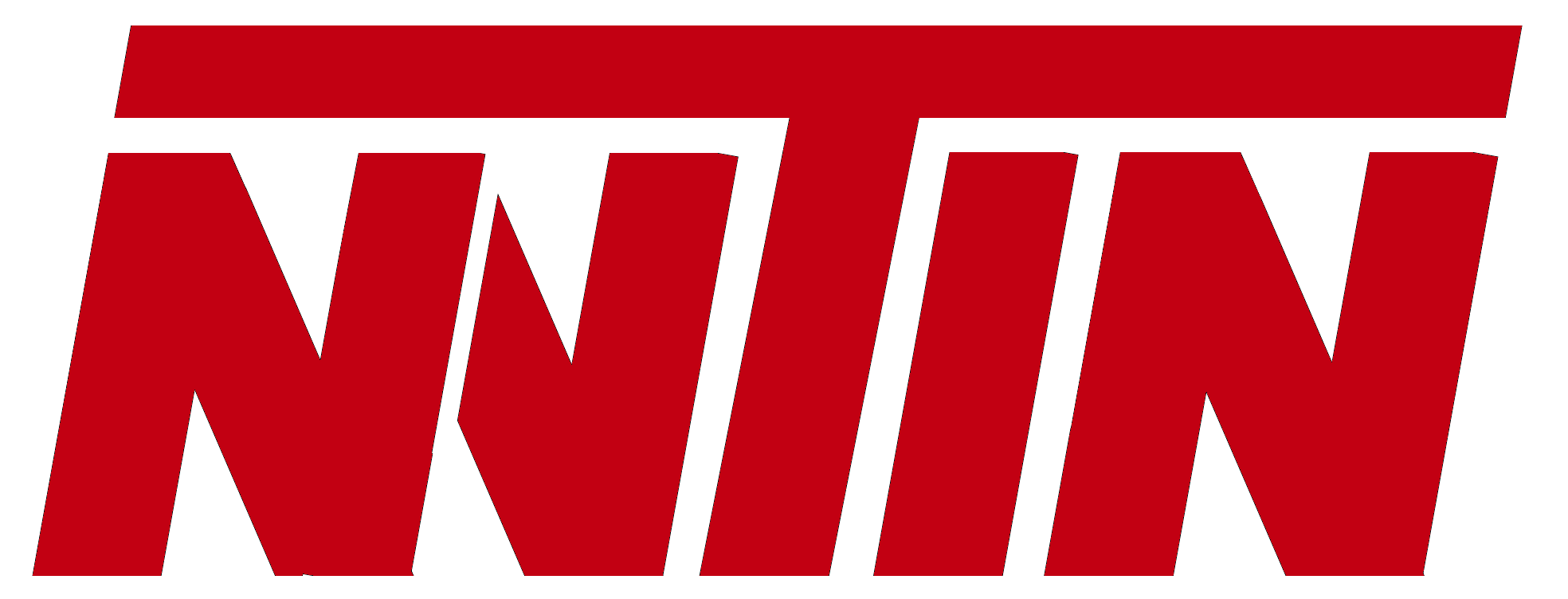Most tech initiatives get analyzed to death.
It starts with a simple idea. Someone presents it to their manager, who gets excited, imagines all the other possibilities, and shares it with the leadership team. Leadership loves the potential and directs other teams to explore what else could be automated. The one idea has become several, and several ideas affect several teams. Several people are drawn into the conversation, and several different opinions are formed on how to move forward.
A working committee is formed, and some poor soul is tasked with finding a time when 14 busy people can all meet. Weeks turn into months, and the committee is still stuck trying to agree on the “perfect” way to evaluate the “perfect” solution. Eventually, the committee dies a quiet, drawn-out death, and everyone silently celebrates when that recurring meeting is finally canceled.
Meanwhile, the original idea, the one simple, actionable thing that could have delivered immediate value, fades into the background. Too often, great ideas stall under layers of analysis, competing priorities, and the fear of making a mistake. People will look back and say, “We tried that, and it didn’t work.” But did the initiative fail, or did we overthink, over-complicate, and hesitate to just make a decision? Progress halts because no one wants to move forward until everyone agrees.

Lucky for me, I hear most of these stories second-hand. I’m usually called upon after the team hits a wall and needs some help moving forward. My job is to refocus the team, cut through the noise, and make something tangible happen. My job isn’t to overthink the perfect solution; it’s to get something done and build momentum from there.
Starting your first automation solution is the most important step. It frees your team to focus on bigger improvements and inspires other projects to follow. It doesn’t have to be perfect or follow every best practice, it just has to work. The value it creates will pay for itself in weeks. Every automation solution evolves over time, so its not important to get it right on the first go-around. The goal is to get started, learn from your progress, and improve as your program evolves.
If you’re already within the Microsoft ecosystem, check out Power Automate. At $15 per user per month, it’s powerful, affordable, and doesn’t lock you into a long-term contract. Avoid starting with expensive platforms like UiPath or Automation Anywhere—prove the value first.
Side Note: this is not an ad. I’ve worked with all of these platforms, so this advice comes from experience. Maybe I’ll expand upon this in a future post.
In addition, Python is an essential pillar of automation. It’s free, versatile, and keeps you independent from proprietary third-party systems—who always find clever ways to extract more money out of you. Python lets you build custom solutions tailored to your needs and lays the groundwork for more advanced automation as your program grows.


